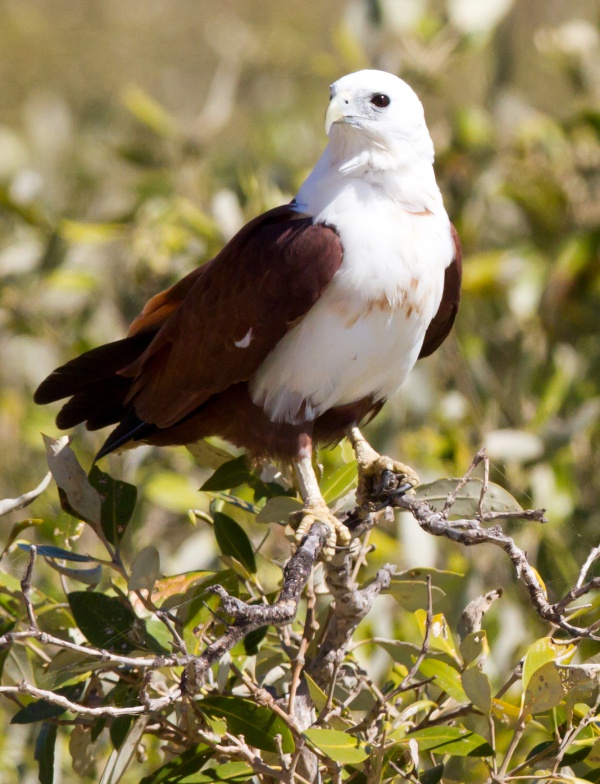Facts About Brahminy kite
The Brahminy Kite, formerly known as the Red-backed Sea-Eagle, is a striking medium-sized bird of prey belonging to the Accipitridae family, which includes many diurnal raptors. These birds are predominantly found in the Indian subcontinent, Southeast Asia, and Australia, particularly near coastlines and wetlands where they feed primarily on carrion, especially dead fish, along with other small creatures. What makes them stand out are their reddish-brown bodies contrasted with a white head and chest, creating a distinctive and easily recognizable appearance.
This bird was first described in 1760 by French zoologist Mathurin Jacques Brisson. Later, Dutch naturalist Pieter Boddaert assigned it the scientific name Falco indus in 1783. It is currently classified under the genus Haliastur, with four recognized subspecies distributed across various regions.
An adult Brahminy Kite is easily identifiable by its chestnut plumage, white head and breast, and black wingtips. Juveniles, in contrast, are browner and can be distinguished from other kites by their lighter color, shorter wings, and rounded tails. Their call is a distinctive mewing sound, often described as "keeyew."
These birds are found in regions such as Sri Lanka, Nepal, India, Pakistan, Bangladesh, and Southeast Asia, extending all the way to Australia. They are common and typically remain in these areas year-round, although they may move locally in response to seasonal rainfall patterns. Although listed as "Least Concern" on the IUCN Red List, some populations, particularly in Java, are experiencing declines.
Brahminy Kites build their nests from branches and sticks in trees, often choosing mangroves, and their breeding seasons vary by region. Their diet primarily consists of carrion, including dead fish and crabs, but they also occasionally hunt live prey. Notably, they have been observed stealing food from other animals and exhibiting some unusual feeding habits.
